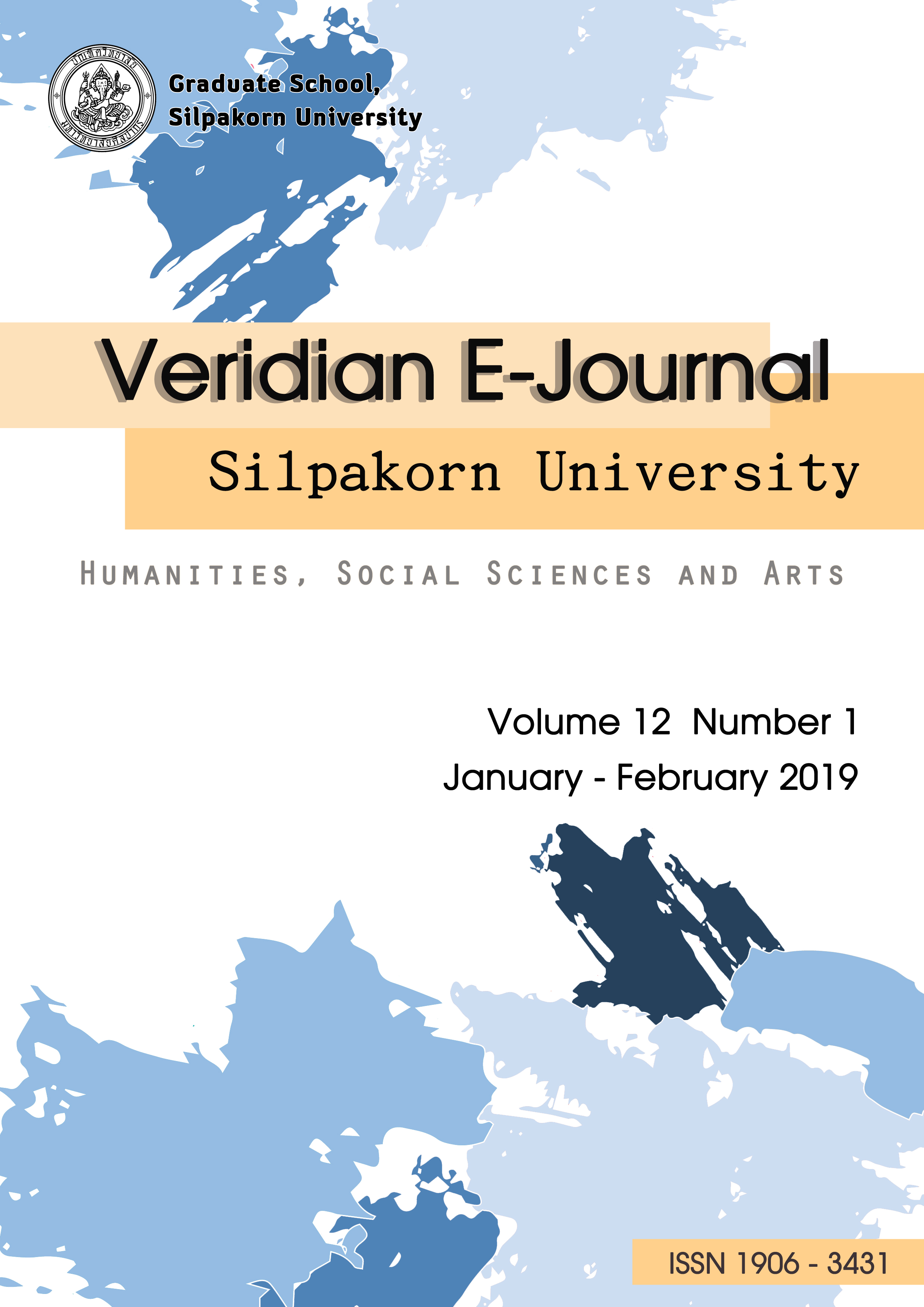FACTORS AND INDICATORS IN THE SEXUAL LITERACY OF THAI ADOLESCENTS
Main Article Content
Abstract
This is a study on the evaluation of the f the key factors in the sexual literacy of Thai adolescents. Key indicators of sexual literacy for Thai adolescents will lead to the development of learning sex education framework for adolescents. The specific aims of this study were: 1) To review the documents and related literature; 2) To scientifically verify and confirm pertinent information with adequately assessing the suitability of key factors by expert; 3) To summarize the key factors of sexual literacy in Thai adolescents which consisted of five(5) elements: 1) Knowledge of sex, 2) Access to information on sex, 3) Coping ability concerning sex, 4) Self-management ability about sex and 5) Application of
knowledge and information about sex.
Article Details
References
Programs: a Systematic Review of Randomized Controlled Trials. Journal of
Adolescent Health. 36: 72 - 81
Centers for Disease Control and Prevention. (2016). Sexual risk behavior guidelines &
resources. [Cited 2016 May 12]. Available from: https://www.cdc.gov/healthyyouth/sexualbehaviors/strategies.htm
Champion, J.D; et al. (2013). Sexual Risk Behaviour and STI Health Literacy Among
Ethnic Minority Adolescent Woman. Applied Nuring Research. 26: 204 – 209
Edwards, Wood, Davies; & Edwards. (2012). The development of health literacy in patients
with a long-term health condition: the health literacy pathway model. BMC Pubic
Health.
Insttute for Population and Social Research. (2011). Healthy Thai
People 2011 : HIA Development Mechanism of Health Public
Policy. Nakhon Pathom : Mahidol University.
Ladda pookkong. (2558). “Reducing Anxiety of HIV Patients Through Through
Presentation of Model Samutsakhon Hospital” Veridian E - Journal, Silpakorn University , 3, 3: 329 - 346.
Marshall. John C; & Bob McHardy. (1999). Principle oc Self-Mamagement. Cannada:
Selection Testing Consultants International Ltd.
Nutbeam, D. (2008). The Evolving Concept of Health Literacy. Social Science &
Medicine; 67: 2072 - 2078
SIECUS. (2004). Guidelines for Comprehensive Sexuality Education: Kindergarten-12th
Grade third edition. SIECUS; USA.
Sorensen, K; et al. (2012) Health Literacy and Public Health: A systematic Review and
Integration of Definitions and Models. BMC Public Health. 12(80): 1-13
Suchat Somprayun and Wannee Somprayun. (2003). Sex Education. No 4. Bangkok:
Thaiwattanapanit.
UNESCO. (2005). Education for All Literacy for Life. Paris: United Nation Educational
Wananya Kaewkaewpan. (2017). “Family Relationships with Problem of Delinquency
in Adolescence” Veridian E - Journal, Silpakorn University , 10, 1 : 361 –
371.
Wilaluck Purattipak,et al. (2017). “Guidelines on providing sex education from parents
to their teenage children in Phranakhon Si Ayutthaya province” Veridian E – Journal, Silpakorn University , 10, 2 : 927 - 937.
WHO. (2004). Key Issues in the Implementation of the Programme for Adolescent
Sexual and Reproductive Health. Department of Child and Adolescent Health
and Development. Geneva: WHO.
WHO. (2010). WHO Regional Office for Europe and BZgA Standards for Sexuality
Education in Europe. Federal Centre for Standards for Health Education.
Cologne: WHO
